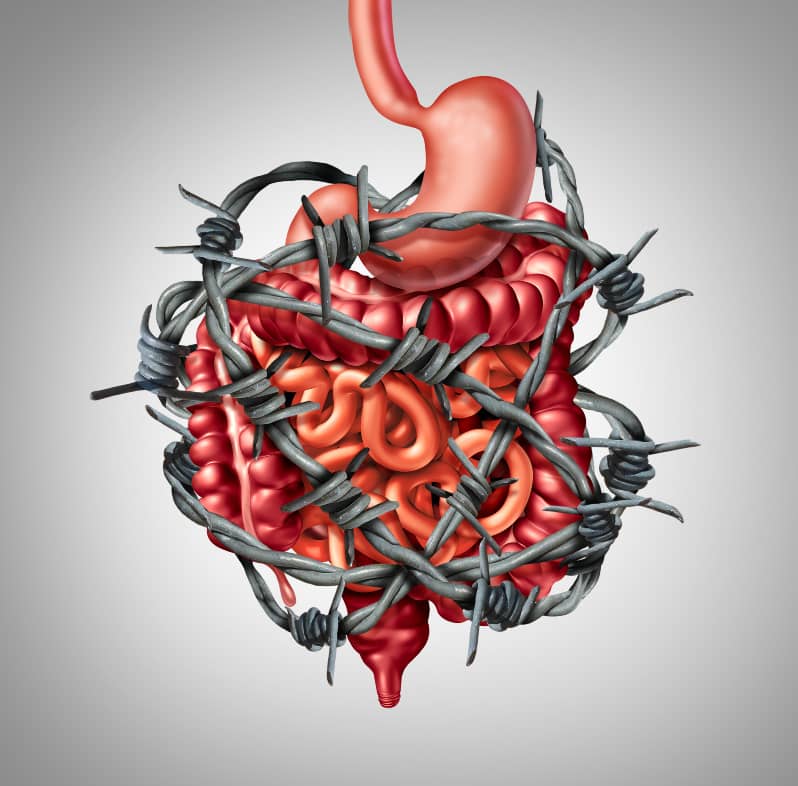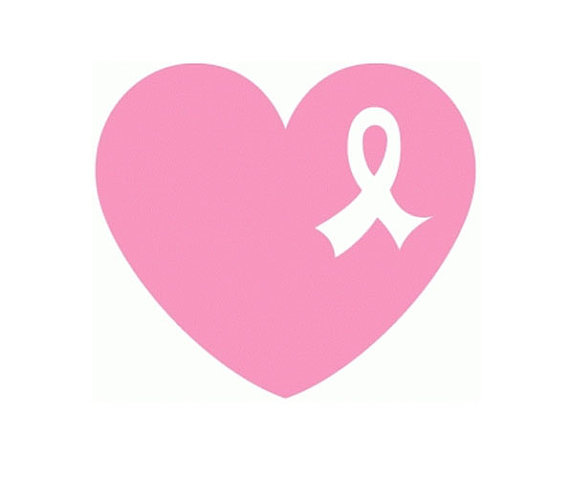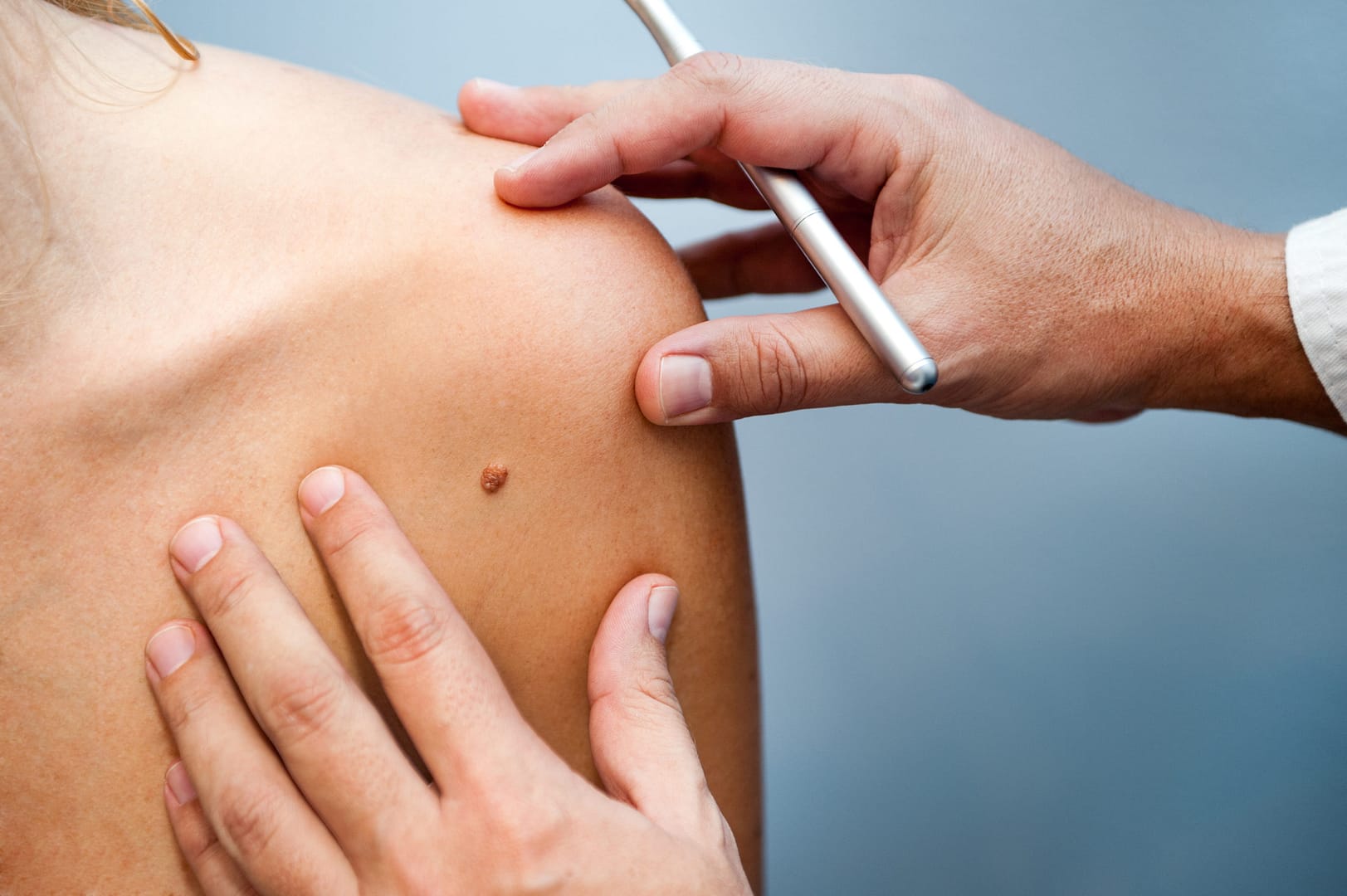At Forum Health Clarkston, our goal is to heal the body from within by giving it the right environment. That’s the whole body—not just some of it. So, it becomes a problem when the environment we’re trying to heal is water deficient. “The average American still only drinks 1.8 cups a day, which is significantly less than the 8.5 cups a day [64oz] that are recommended by the European Hydration Institute” (waterlogic.com 2019).
A whopping 60% of the human body is made up of water. Throughout the day, we lose some of that water through sweating, digesting, and even breathing. As we lose water, we need to put it back. It sounds like simple math, right? Well, if you’re anything like me, you know math isn’t simple. Sometimes people need it spelled out for them in letters and pretty prose.
Water does more than quench your thirst—it aids in digestion, removes waste, and helps retain optimum levels of moisture in organs, as well as in the blood, bones, and the brain. In addition, water helps protect the spinal cord, and acts as a lubricant and cushion for your joints. So, you see, if you’re not getting your water in, that needs to be addressed. For some people, that’s a tough reality to swallow. When going over this part of the process, we hear it far more than people might think:
I hate water.
I can’t drink that much water every day.
What counts as water? Gatorade? Wine? What about coffee? Does that count?
And, as of the last three years, can I drink carbonated water instead?
Carbonated, fizzy, bubbly, sparkling, mineral, seltzer, zero calorie gold… This magical water fizzled into popularity in 2016 and now it’s the go-to for every refresher and mixed drink. Even I crave the occasional grapefruit La Croix and Simple Truth Organic’s orange vanilla seltzer. I do limit them because I consider them treats—not my water replacement. I know what you’re going to say and you’re only half right. They are water, but not all waters are made equally.
Is it safe?
Yes.
A few months ago, a report came out that stirred the carbonated water community into a bubbling frenzy on FaceBook. The lawsuit claimed that Lacroix, the water with a cult-like following, had an ingredient found in cockroach insecticide. This finding must debunk the manufacturer’s claim to au naturale. Right? Hmm. First we need to define “natural,” which the FDA says is anything that comes from a plant or animal. La Croix fits into that category—they’re not lying or misleading anyone with that claim. So, yes, there is a plant-based ingredient in La Croix that is also used as an insecticide. Are we all going to grow more legs and a pair of wiggly antennas? I hope not.
To clear things up: Is there something synthetic in La Croix? Well, is science involved in food and beverage production? Yes. The “synthetic” ingredients listed in the lawsuit are limonene, linalool propionate, and linalool—all common plant-based chemicals that are found in many fruits. La Croix’s natural ingredients are just that. HOWEVER, I’m sad to say that La Croix uses carbon dioxide to create its bubbly bliss. So, what does that mean? Too much of a delicious thing can be bad.
Be aware: acidity verse alkaline:
One of the first concerns when it comes to carbonated water is the acidity in the beverage. That burning or fizzy sensation that makes the drink so popular is actually the result of carbonic acid: the reaction to carbon dioxide and water mixing. This makes the drink acidic. When they add flavoring to the drink, the acidity increases due to the citric acid involved in that process.
Why is this a problem? The human body is built to naturally maintain a healthy balance of acidity and alkalinity (potential of hydrogen—better known as pH balance). Our pH balances are measured on a scale that ranges from 0 to 14. When one level goes up, the other goes down: The more acidic a solution is, the lower its pH value and the more alkaline it is, the higher the pH value. The goal is to keep your body at a neutral pH level of 7.
The carbonic acid in your favorite fizzy drink might be disrupting your pH balance by making your body too acidic. This is especially problematic for people who want to lose weight. When the body is acidic, it retains fat to protect itself and nobody wants that, right? Right. But weight isn’t the only reason you should want to keep that balance.
Acidity from carbonated water can also cause dental corrosion. Yikes! It is as bad as it sounds. When the pH balance drops, the surface enamel on teeth begins to demineralize—as in it slowly strips the enamel of your teeth until they decay and fall out! No thanks.
When carbon dioxide is released into the digestive tract, it can irritate IBS symptoms of bloating and gas. It can also be a trigger for people who suffer with constipation and diarrhea.
Unfortunately for us, La Croix is unwilling to share their pH levels, which only tells me it’s not a good number. On the other hand, I haven’t met a carbonated water yet that can do what good ol’ natural water can when it comes to alkalizing my body. I don’t really need to see La Croix’s levels to know this. Here’s where that simple math comes in: It’s carbonated=It’s acidic.
Do you want to know if your body is too acidic? At Forum Health Clarkston we perform a urine test on all our clients once per month to test acidic/pH levels and other issues such as UTI’s, protein levels, sugar levels, blood in your urine, and liver function.
But wait! There are benefits to carbonated water:
I know I just knocked it a little, but there is a good side to this. Carbonated water is a healthier alternative to a lot of bad habits that you want to wean yourself from. Many of our clients come to us with serious addictions to pop: a sugary drink loaded with hazardous ingredients like aspartame—a cancer causing sweetener. Pop is known to cause serious disorders like heart disease and diabetes. So, yes, we do encourage our clients to opt for any kind of sugar-free sparkling water instead to help them kick that habit. We’ve found a couple brands to be quite useful like Zevia or Virgil’s Soda. Both are made without artificial sweeteners; they’re GMO-Free, gluten free, vegan and free from dyes. They are sweetened with stevia leaf extract. BUT, do we suggest our clients limit the amount they have per day? YES. It should still be considered a treat.
What’s the most natural form?
We’ve already decided it won’t be the tight-lipped La Croix. There are less acidic forms of fizz available. If you want the very best and “cleanest,” you need to know where it came from. By definition, carbonated water is water that has been infused with carbon dioxide gas under pressure. It’s for all intents and purposes “natural,” but it does have plant-based chemicals in it for flavoring and shelf life. Some are better/more natural than others.
Natural sparkling mineral waters, such as France’s Perrier and Italy’s San Pellegrino, are different. These waters are captured from a spring and tend to contain a beautiful combination of minerals and sulfur compounds. Now, here’s where I break your heart: Manufacturers of both brands do add the bare minimum of carbon dioxide during production. This enables the shipping/shelving process and allows for that satisfying hint of carbonation. Here’s the breakdown of both:
- Perrier is a popular brand of sparkling mineral water bottled in Vergèze, France. The spring from which Perrier water is sourced is naturally carbonated. Both the water and natural carbon dioxide gas are captured independently. The water is then purified and, during bottling, the carbon dioxide gas is re-added for packaging. Perrier is acidic, with a pH around 6, and it contains calcium, chloride, bicarbonate, fluoride, magnesium, nitrate, potassium, sodium, and sulfates.
- San Pellegrino is a popular brand of sparkling mineral water bottled in San Pellegrino Terme, Italy. The water from the spring is not naturally carbonated, but gas is added prior to packaging. The water from this spring is only used for the natural product, and is not used for any of the flavored varieties. San Pellegrino is acidic, with a pH of 5.6, and it contains the same minerals as Perrier, plus lithium, silica, and strontium.
To keep the acidity from increasing, add your own flavors at home. This is probably a safer way to go because you are in control—you know the who, what, and when to what you’re consuming. Young Living even has a “Vitality” line of essential oils that are safe to consume. Add your own lemon, lime, or grapefruit to a bottle of Perrier and BAM, you’ve got your clean, flavored mineral water exactly how you want it. Almost guilt free.
Final Thoughts
The safest and most productive way to go when building your own healing environment is plain old water. Some people love it and some people need to acquire a taste for it—which is possible. If you stick to the plan, you’ll be craving that cold glass of tasty water in just 23 days. That’s how long it takes to form a habit—three short weeks. Eventually, you will get yourself to that happy place where a can of San Pellegrino is just a treat you enjoy but can live without.
Adrian Schirr
Forum Health Clarkston
7300 Dixie Hwy. Ste. 500
Clarkston, MI 48346
248-625-5143
References:
Anderson, L.V., “A Taxonomy of Carbonated Waters,” Slate, 2014.
Aschwanden, Christie. “No La Croix Isn’t Poisoning You Like You’re a Giant Cockroach,” 2018.
Designs for Health. “Is Carbonated Water Good for Hydration?” Research and Education, 2018.
Price, Annie. “Is Sparkling Water Good for You? Benefits & Dangers of Carbonated Water,” 2017.







